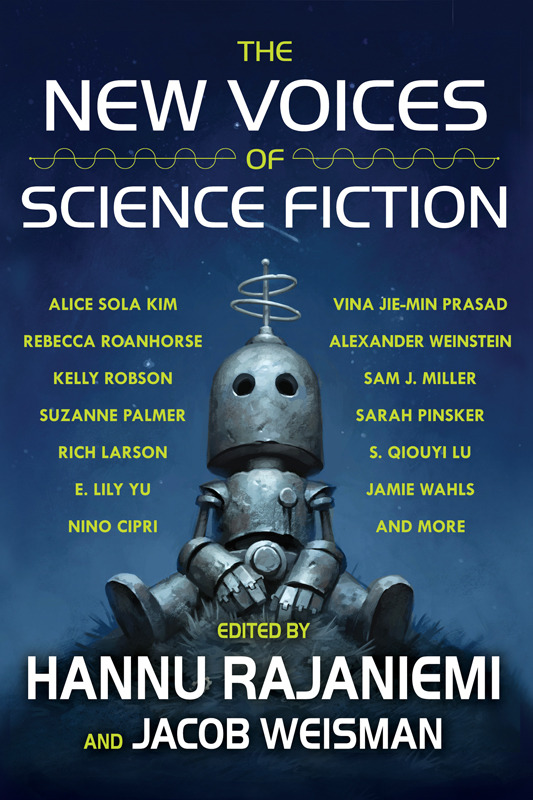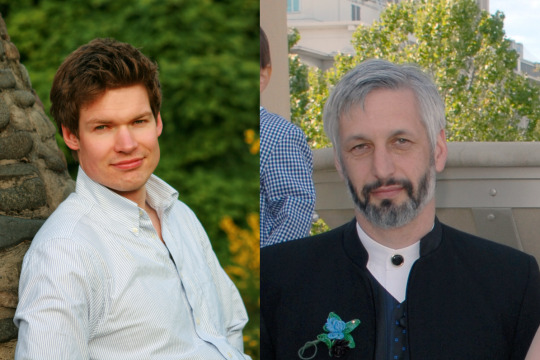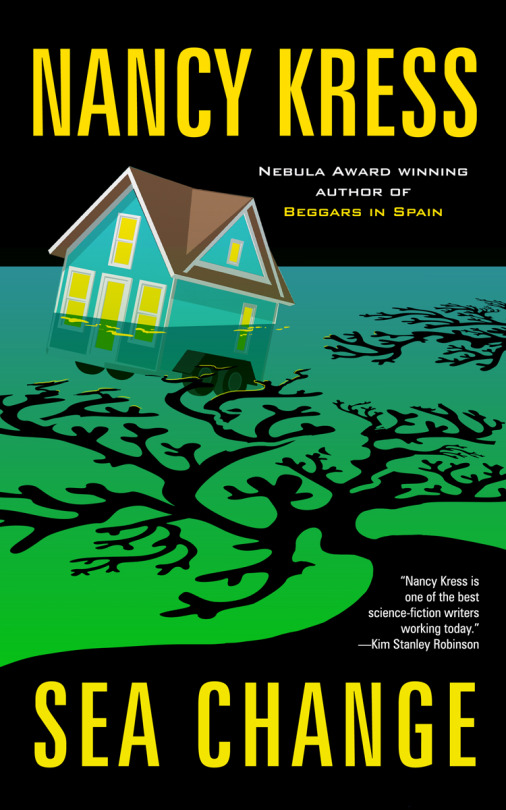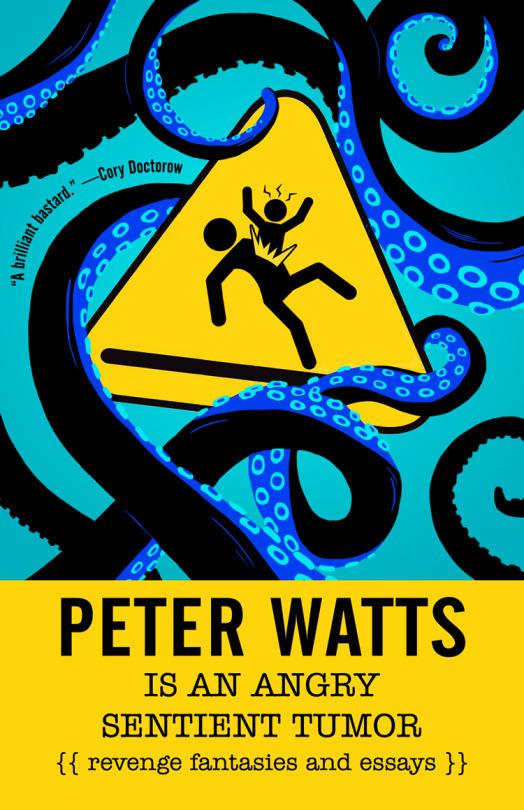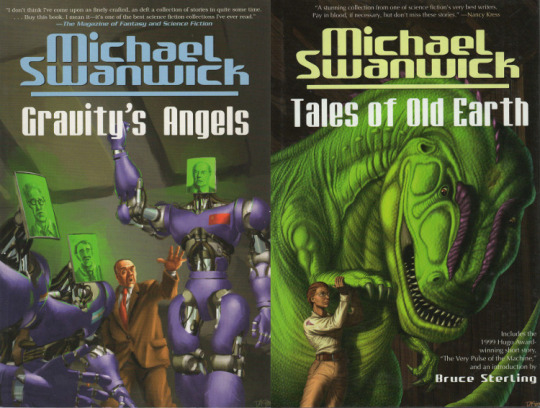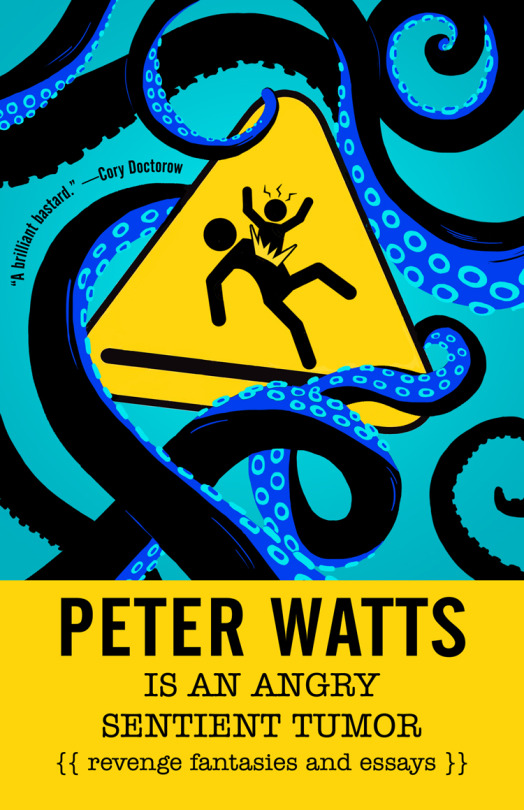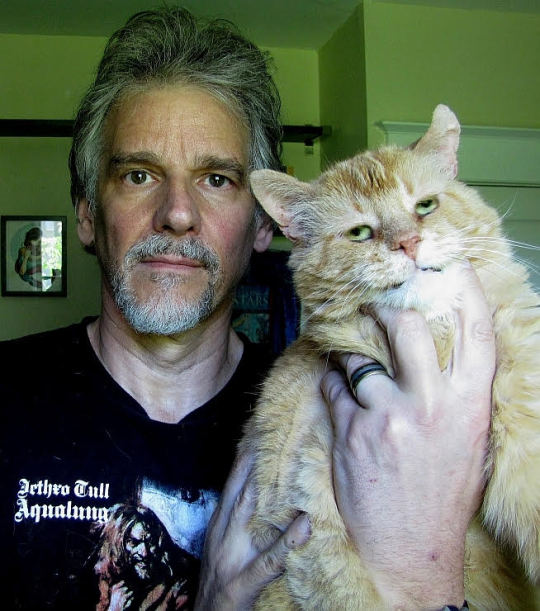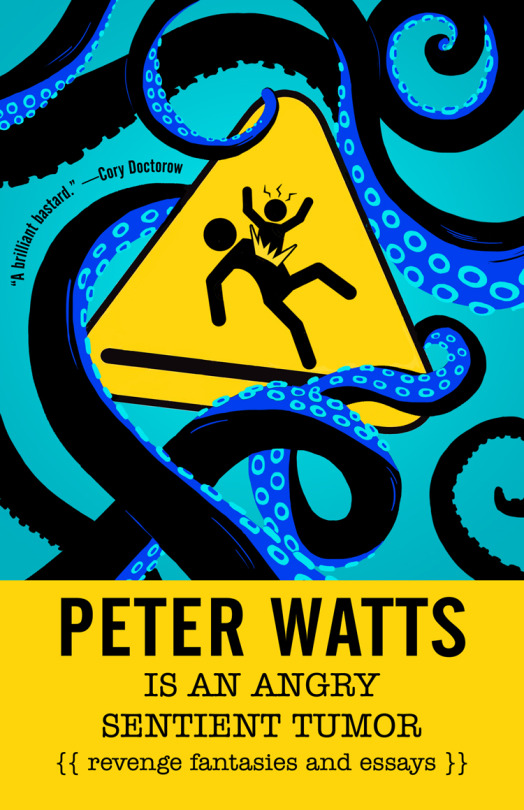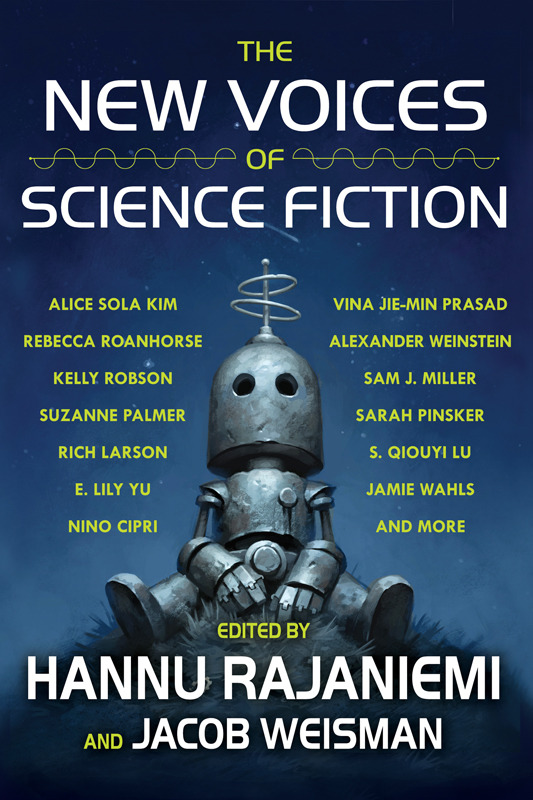PETER WATTS IS AN ANGRY SENTIENT TUMOR preview: “No Brainer”
In celebration for the release of the irreverent, self-depreciating, profane, and funny PETER WATTS IS AN ANGRY SENTIENT TUMOR, Tachyon presents glimpses from the essay collection.

No Brainer
by
Peter Watts

Nowa Fantastyka May 2015
Blog Jul 28 2015
For
decades now, I have been haunted by the grainy, black-and-white x-ray
of a human skull.
It
is alive but empty, with a cavernous fluid-filled space where the
brain should be. A thin layer of brain tissue lines that cavity like
an amniotic sac. The image hails from a 1980 review
article in Science: Roger Lewin, the author, reports that
the patient in question had “virtually no brain”i.
But that’s not what scared me; hydrocephalus is nothing new, and it
takes more to creep out this ex-biologist than a picture of
Ventricles Gone Wild.
What
scared me was the fact that this virtually brain-free patient had an
IQ of 126.
He
had a first-class honors degree in mathematics. He presented normally
along all social and cognitive axes. He didn’t even realize there
was anything wrong with him until he went to the doctor for some
unrelated malady, only to be referred to a specialist because his
head seemed a bit too large.
It
happens occasionally. Someone grows up to become a construction
worker or a schoolteacher, before learning that they should have been
a rutabaga instead. Lewin’s paper reports that one out of ten
hydrocephalus cases are so extreme that cerebrospinal fluid fills 95%
of the cranium. Anyone whose brain fits into the remaining 5% should
be nothing short of vegetative; yet apparently, fully half have IQs
over 100. (Why, here’s another
example from 2007ii;
and yet another.iii)
Let’s call them VNBs, or “Virtual No-Brainers.”
The
paper is titled “Is Your Brain Really Necessary?”, and it seems
to contradict pretty much everything we think we know about
neurobiology.
This Forsdyke guy over in Biological Theory argues
that such cases open the possibility that the brain might utilize
some kind of extracorporeal storageiv,
which sounds awfully woo both to me and to the anonymous
neuroskeptic over at Discovery.comv;
but even Neuroskeptic, while dismissing Forsdyke’s wilder
speculations, doesn’t really argue with the neurological facts on
the ground. (I myself haven’t yet had a chance to more than glance
at the Forsdyke paper, which might warrant its own post if it turns
out to be sufficiently substantive. If not, I’ll probably just
pretend it is and incorporate it into Omniscience.)
On a
somewhat less peer-reviewed note, VNBs also get routinely trotted out
by religious nut jobs who cite them as evidence that a God-given soul
must be doing all those things the uppity scientists keep attributing
to the brain. Every now and then I see them linking to an off-hand
reference I made way back in 2007 (apparently rifters.com is the
only place to find Lewin’s paper online without having to pay a
wall) and I roll my eyes.
And
yet, 126 IQ. Virtually no brain. In my darkest moments of doubt, I
wondered if they might be right.
So
on and off for the past twenty years, I’ve lain awake at night
wondering how a brain the size of a poodle’s could kick my ass at
advanced mathematics. I’ve wondered if these miracle freaks might
actually have the same brain mass as the rest of us, but
squeezed into a smaller, high-density volume by the pressure of all
that cerebrospinal fluid (apparently the answer is: no). While I was
writing Blindsight—having learned that cortical modules in
the brains of autistic savants are relatively underconnected, forcing
each to become more efficient—I wondered if some kind of
network-isolation effect might be in play.
Now,
it turns out the answer to that is: Maybe.
Three
decades after Lewin’s paper, we have “Revisiting
hydrocephalus as a model to study brain resilience” by de
Oliveira et alvi
(actually published in 2012, although I didn’t read it until last
spring). It’s a “Mini Review Article”: only four pages, no new
methodologies or original findings—just a bit of background, a
hypothesis, a brief “Discussion” and a conclusion calling for
further research. In fact, it’s not so much a review as a challenge
to the neuro community to get off its ass and study this fascinating
phenomenon—so that soon, hopefully, there’ll be enough new
research out there warrant a real review.
The
authors advocate research into “Computational models such as the
small-world
and scale-free
network”—networks whose nodes are clustered into
highly-interconnected “cliques”, while the cliques themselves are
more sparsely connected one to another. De Oliveira et al
suggest that they hold the secret to the resilience of the
hydrocephalic brain. Such networks result in “higher dynamical
complexity, lower wiring costs, and resilience to tissue insults.”
This also seems reminiscent of those isolated hyper-efficient modules
of autistic savants, which is unlikely to be a coincidence: networks
from social to genetic to neural have all been described as
“small-world.” (You might wonder—as I did—why de Oliveira et
al. would credit such networks for the normal intelligence of
some hydrocephalics when the same configuration is presumably
ubiquitous in vegetative and normal brains as well. I can only assume
they meant to suggest that small-world networking is especially
well-developed among high-functioning hydrocephalics.) (In all
honesty, it’s not the best-written paper I’ve ever read.)
The
point, though, is that under the right conditions, brain damage
may paradoxically result in brain enhancement. Small-world,
scale-free networking—focused, intensified, overclocked—might
turbocharge a fragment of a brain into acting like the whole thing.
Can
you imagine what would happen if we applied that trick to a normal
brain?
If
you’ve read Echopraxia, you’ll remember the Bicameral
Order: the way they used tailored cancer genes to build extra
connections in their brains, the way they linked whole brains
together into a hive mind that could rewrite the laws of physics in
an afternoon. It was mostly bullshit, of course: neurological
speculation, stretched eight unpredictable decades into the future
for the sake of a story.
But
maybe the reality is simpler than the fiction. Maybe you don’t have
to tweak genes or interface brains with computers to make the next
great leap in cognitive evolution. Right now, right here in the real
world, the cognitive function of brain tissue can be boosted—without
engineering, without augmentation—by literal orders of magnitude.
All it takes, apparently, is the right kind of stress. And if the
neuroscience community heeds de Oliveira et al’s clarion
call, we may soon know how to apply that stress to order. The
singularity might be a lot closer than we think.
Also
a lot squishier.
Wouldn’t
it be awesome if things turned out to be that easy?
i
http://rifters.com/real/articles/Science_No-Brain.pdf
ii
https://doi.org/10.1016/S0140-6736(07)61127-1
iii
http://mymultiplesclerosis.co.uk/ep/sharon-parker-the-woman-with-the-mysterious-brain/
iv
http://rifters.com/real/articles/Forsdyke-2015-BrainScansofHydrocephalicsChallengeCherishedAssumptions.pdf
v
http://blogs.discovermagazine.com/neuroskeptic/2015/07/26/is-your-brain-really-necessary-revisited/
vi
http://rifters.com/real/articles/Oliveira-et-al-2012-RevisitingHydrocephalus.pdf
For more info about PETER WATTS IS AN ANGRY SENTIENT TUMOR, visit the Tachyon page.
Cover design by Elizabeth Story
Icon by John Coulthart

